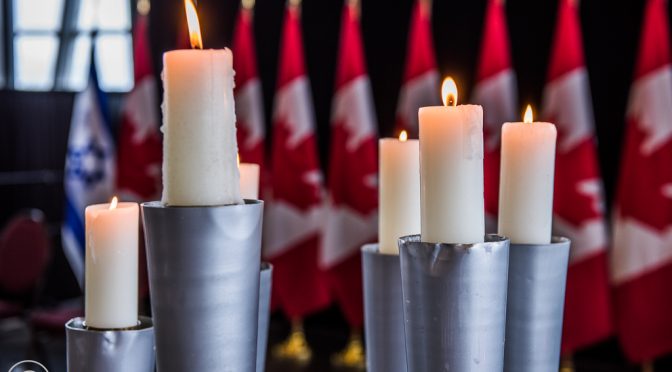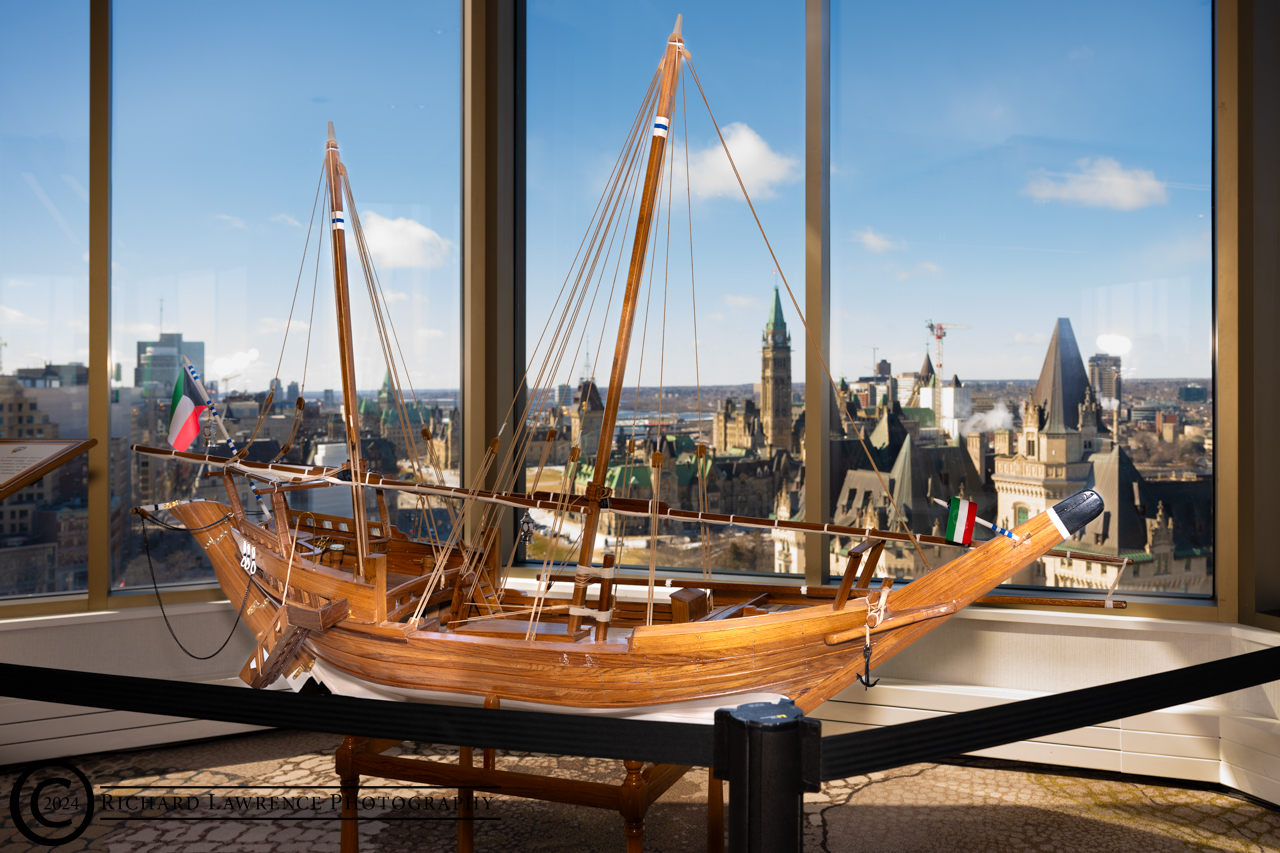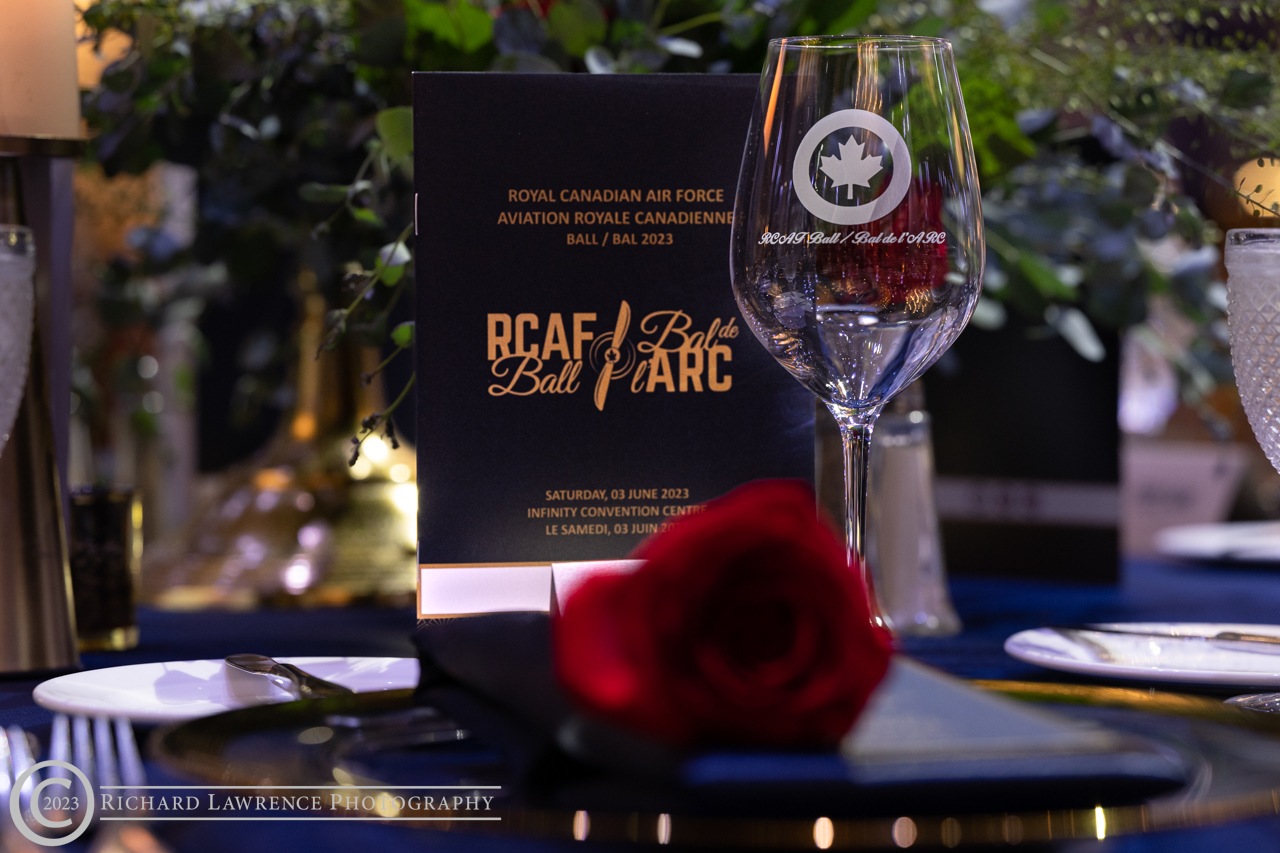The Canadian Society for Yad Vashem (CSYV) presented the 2018 Holocaust Remembrance Ceremony at the Canadian War Museum on the 18th April, 2018, to an audience of perhaps 500 people consisting of holocaust survivors and their families, about 50 members of Parliament, Chief Justices, Senators, diplomatic delegations from 45 countries, veterans, and members of the public. The Lebreton Gallery of the Museum was full to overflowing.
There were several speakers, including the Honourable Harjit Sajjan, Minister of National Defence (representing the government), the Honourable Andrew Scheer (Conservatives) and Mr. Jagmeet Singh (NDP), and more importantly, holocaust survivor Felicia Carmelly, and son of a survivor, Israel Mida. It is the last two that are the more interesting and bring home the importance of this remembrance.
Felicia Carmelly was only 10 years old when she was taken to the Transnistria area with her parents. This area, roughly the size of Nova Scotia, sits between the Dniester and Bug Rivers and was granted to Romanian General Antonescu by Hitler for his support of the Nazis and their invasion of Russia in June, 1941. In Sept., 1941, they began deporting Jews from Romania and Ukraine, along with other groups, into this area making it essentially a prison camp and, eventually, several cities turned into ghettos for the pogram. The Romanians left the deportees without shelter, heating supplies, clothing, or food, to battle starvation and disease and to die through forced labour.
This strip of land is not as well-known as Auschwitz but an accepted number of murdered people is 410,000 of which there is no evidence left. When the Russians liberated the area in 1944, they covered all evidence of “the largest killing field of the holocaust” with buildings, town, skating rinks, etc., so there is no place to which to make a pilgrimage, no monuments to the Jewish dead. It is a “forgotten graveyard”.
Felica lost 26 members of her family, although she and her parents survived for 3 ½ years. They were subject to the deprivations mentioned above as well as mass shootings in the middle of the night, forced marches, exposure and being worked to death. She stated that, “ … death was surrounding us all the time.”. She remembered one occasion when a guard said to her, “They will not waste a bullet for a Jew. You will die anyway, if not today – tomorrow.”. She and her parents came to Canada in 1961 and thrived.
Israel Mida, the son of a survivor, spoke about his parents’ experiences. His father was from near Warsaw and his mother from the Soviet Ukraine. During the holocaust his father lost 53 family members to the ghettos and camps and his mother had 24 family members murdered by Nazi Einsatzgruppen killing squads. On one day the killing squad marched over 5000 Jews from his mother’s town into a forest and shot them one by one. While horrific, this was not the worst atrocity inflicted on Jews by the Einsatzgruppen killing squads.
His mother’s brother and his namesake, Israel, had a different fate as he was a university student in Krakow at the time the Germans invaded Russia in June, 1941. Stalin decided that he would send all the Soviet boys in university to the front line, without any military training, to act as human shields for his troops. Israel died on the Leningrad front, the only member of his family to die fighting the Nazis.
These are just some of the stories that come forth when talking to survivors of the Shoah (Hebrew term referring to the “destruction” whereas holocaust means a religious animal sacrifice completely consumed by fire which is technically incorrect in this usage). As each speaker finished, they led a group of dignitaries and/or guests to light one of the six candle on the menorah in remembrance of:
1. The memory of the over 6,000,000 Jews murdered;
2. The memory of 1,500,000 Jewish children murdered in the Holocaust;
3. Holocaust survivors;
4. Partisans, ghetto fighters, resistance groups, and Allied armed forces who fought valiantly against the Nazis;
5. The Righteous among the Nations – non-Jews who risked their lives and lives of their families to rescue Jews during the Holocaust; and,
6. In honour of future generations.
High schools from around the NCR were also in attendance and had spent the afternoon prior to the ceremony in discussions with survivors getting the stories so that this tragedy doesn’t repeat itself. How fitting that the National Holocaust Monument is just across the road from the National War Museum for them to visit as well.
To see all the pictures, CLICK HERE
==================================================



















